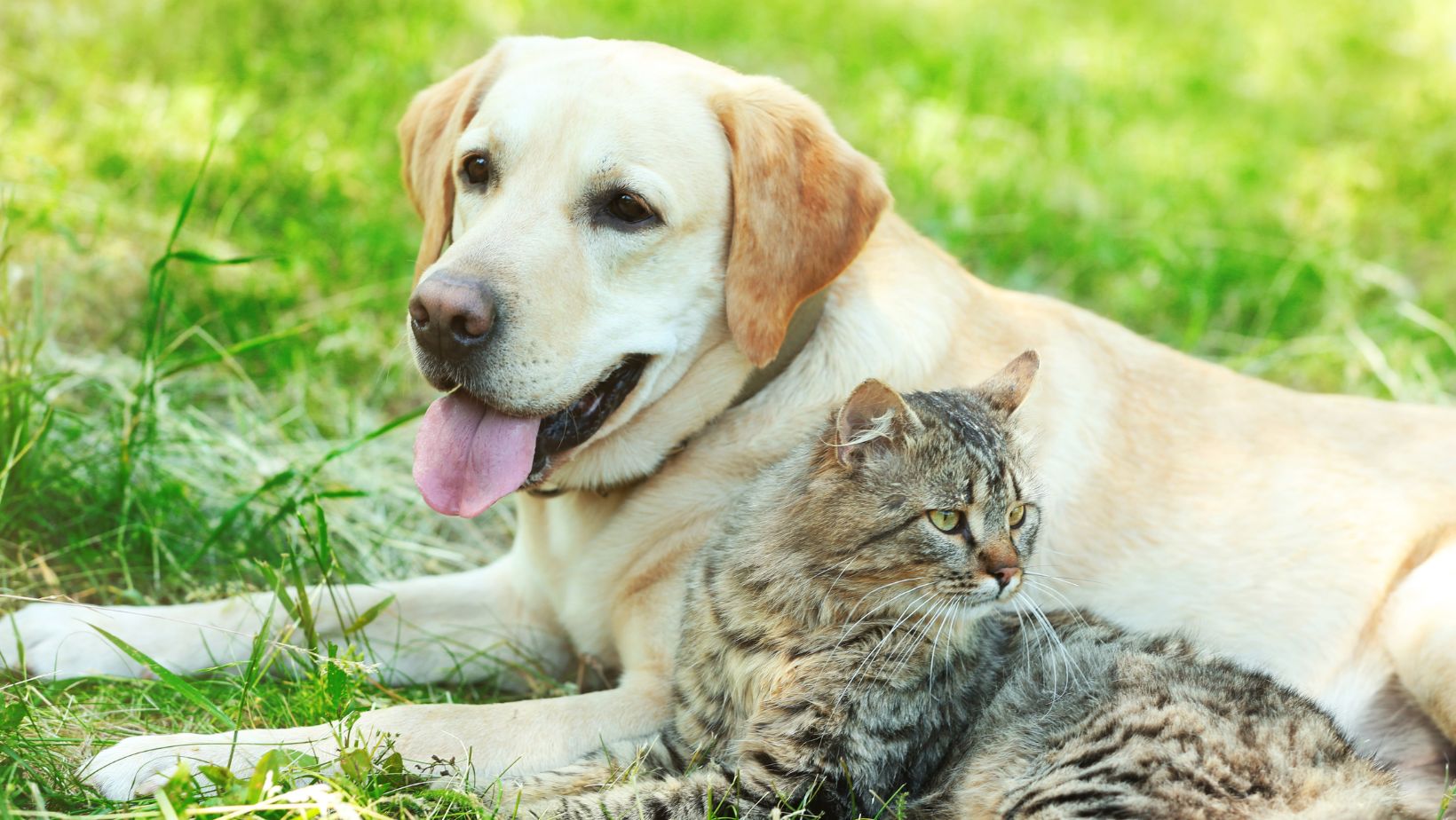How to Train a Dog not to Chase Cats
If you have a Labrador and are struggling with its tendency to chase cats, don’t worry – you’re not alone. Many dog owners face this challenge, but with the right training techniques, you can teach your Labrador to resist the urge to chase. In this article, I’ll share some effective methods for training your dog not to chase cats.
Firstly, it’s important to understand that chasing is an instinctive behaviour for dogs, especially breeds like Labradors who have a strong prey drive. To tackle this behaviour, start by providing your Labrador with plenty of mental and physical stimulation through daily exercise and interactive play sessions. A tired dog is less likely to engage in impulsive chasing behaviours.
Next, introduce controlled interactions between your Labrador and cats in a safe environment. Use treats or toys as positive reinforcement whenever your dog remains calm and ignores the presence of the cat. Gradually increase the proximity between them while rewarding good behaviour consistently. This will help your dog associate positive experiences with being near cats without feeling the need to chase.
Positive Reinforcement Techniques
When it comes to training a dog not to chase cats, positive reinforcement techniques can be highly effective. These methods focus on rewarding desired behaviors rather than punishing unwanted ones. By using positive reinforcement, such as treats or praise, you can encourage your Labrador to engage in alternative behaviors and discourage them from chasing cats.
To start, identify the triggers that cause your dog to chase cats. Is it the sight of a feline darting across the yard? Or perhaps the sound of their meowing? Once you understand these triggers, you can work on redirecting your dog’s attention towards more appropriate activities.
One technique is called “counter-conditioning.” This involves associating the presence of cats with something positive for your dog. For example, every time your Labrador sees a cat but refrains from chasing it, reward them with a treat or verbal praise. Over time, they will learn that ignoring the temptation leads to a tasty reward.
Teaching ‘Leave It’ Command to Prevent Cat Chasing
The “leave it” command is an essential tool in preventing unwanted behaviours like cat chasing. This command teaches your Labrador self-control and redirects their attention away from potential targets.
To teach this command effectively, follow these steps:
- Hold a treat in one hand while keeping your other hand empty.
- Present the closed fist containing the treat towards your dog.
- When they show interest in sniffing or pawing at your hand, firmly say “leave it.”
- Wait for them to back away or lose interest in trying to get the treat.
- Once they do, immediately reward them with a treat from your other hand and praise them.
Repeat this exercise several times, gradually increasing the duration between saying “leave it” and giving the reward. With consistent practice, your Labrador will learn to associate the command with leaving objects alone, including cats.
Socialising Your Dog with Cats for Better Behavior
Socialising your Labrador with cats is crucial in preventing chasing behaviour. By gradually introducing your dog to cats in controlled environments, you can help them develop positive associations and reduce their instinctual urge to chase.
Here are a few key steps to follow when bringing a new cat into your home and helping your Labrador adjust:
- Create a safe space: Before introducing the animals, set up a separate area for the cat that is inaccessible to your dog. This will provide a secure environment for the cat while allowing them to get familiar with their surroundings.
- Familiarise scents: Swap bedding or blankets between the cat and dog before their first meeting. This will help them become acquainted with each other’s scent, reducing initial tension during face-to-face interactions.
- Controlled introductions: Start by having brief supervised meetings between your Labrador and the new cat while both animals are on leashes or behind baby gates. This allows them to see each other without direct contact, gradually getting used to one another’s presence.
- Positive reinforcement: Reward calm behaviour from both your Labrador and the cat during these controlled introductions. Use treats or praise as rewards when they remain relaxed in each other’s vicinity.
- Gradual exposure: Over time, increase the duration of their interactions while closely monitoring their behaviour. Allow short periods of supervised interaction without physical restraint, but always be ready to intervene if needed.
- Separate feeding areas: Ensure that both pets have separate feeding areas where they can eat undisturbed by one another. This helps prevent any potential food-related conflicts from arising between them.
Remember, every pet is different, so it’s crucial to adapt these steps based on individual personalities and reactions. With time, proper introductions, and consistent reinforcement, you can help your Labrador and cat coexist peacefully under the same roof.
